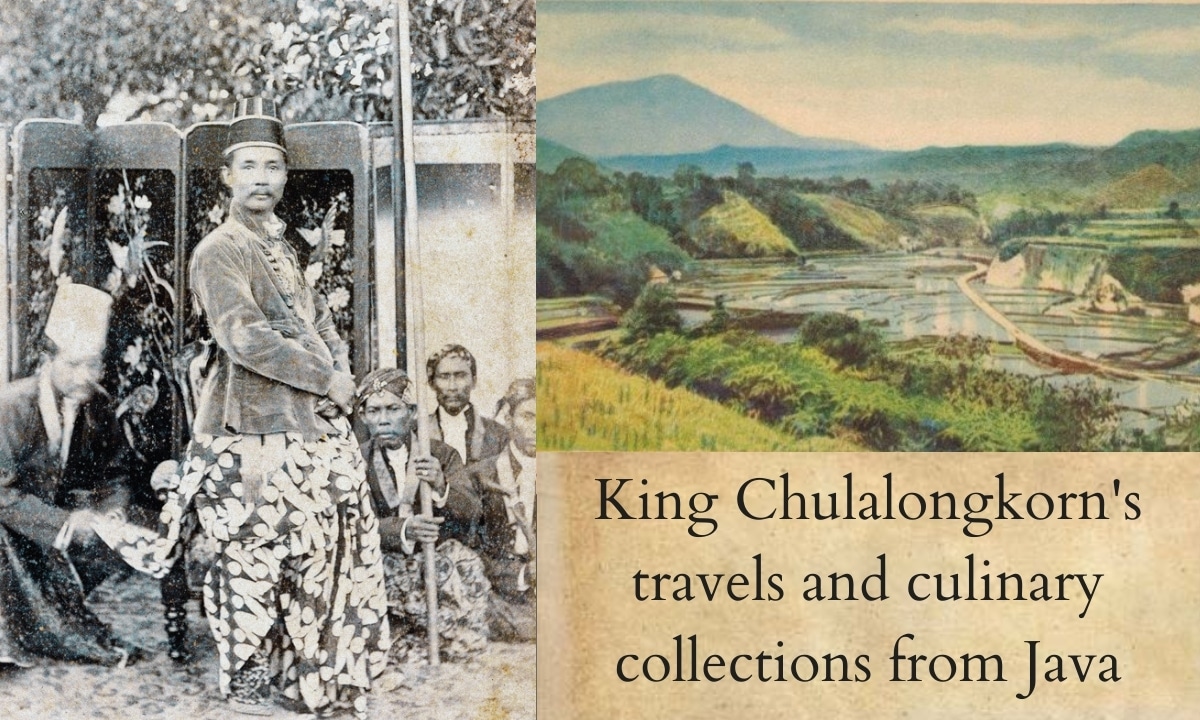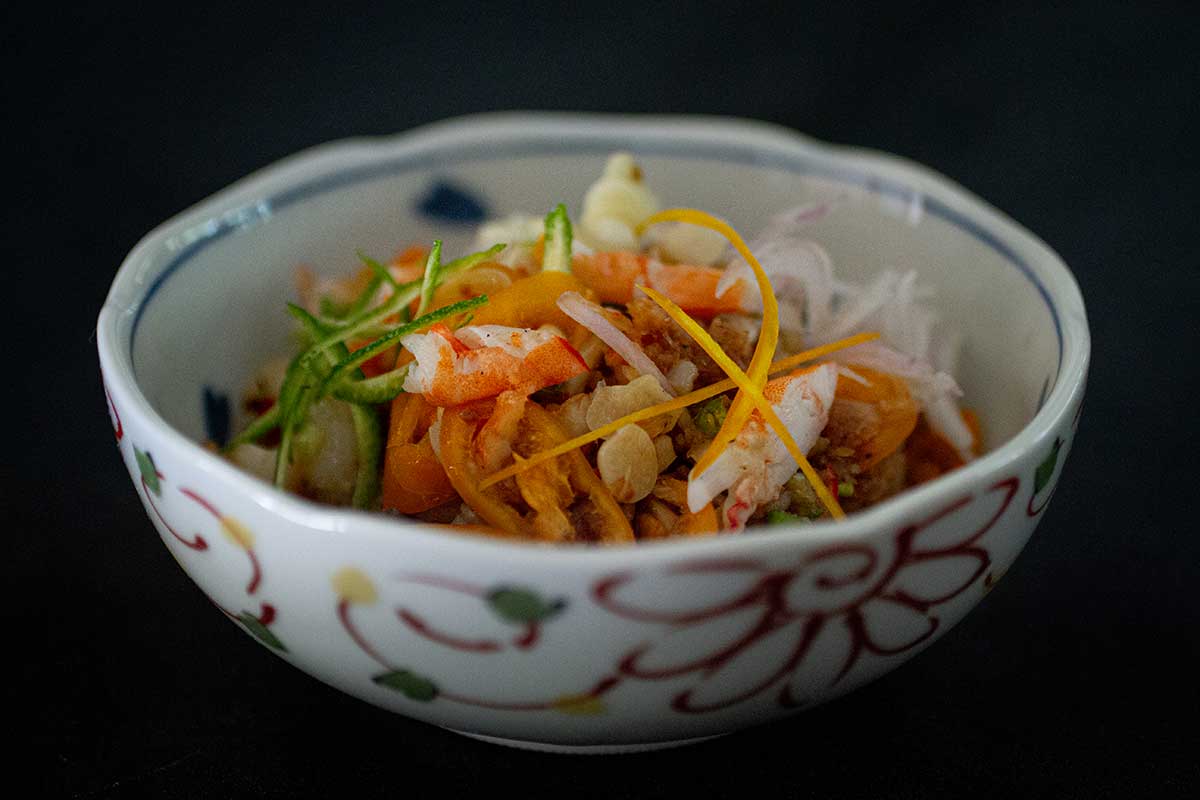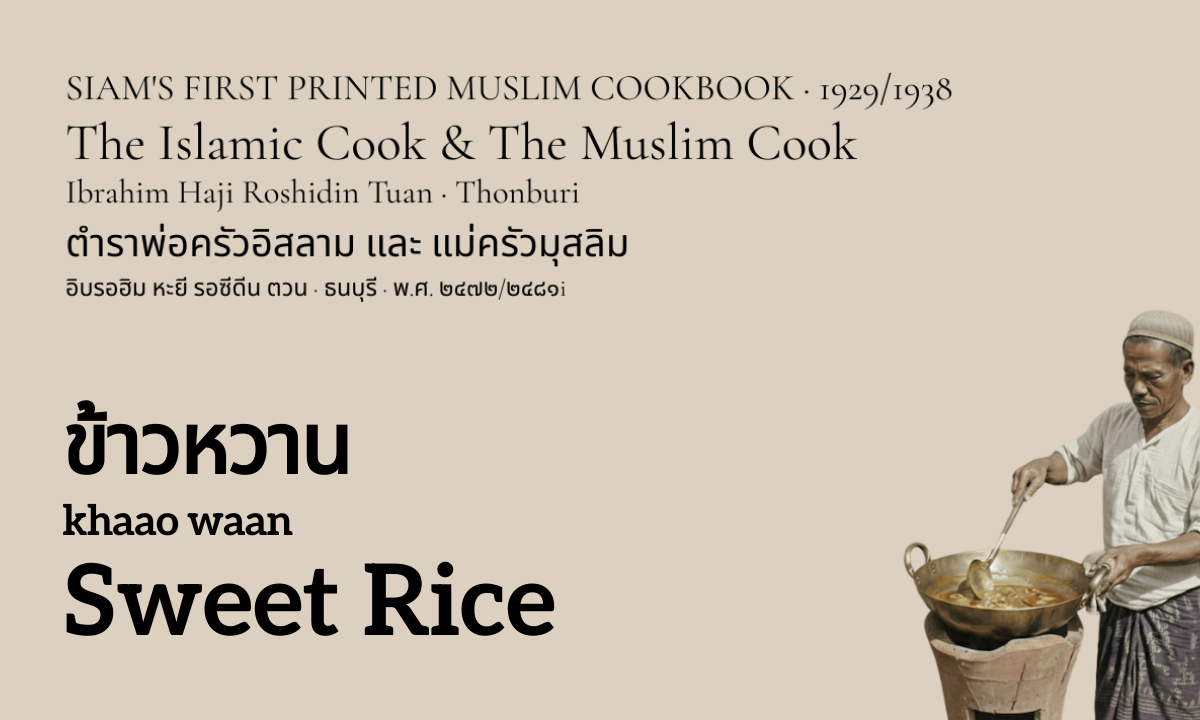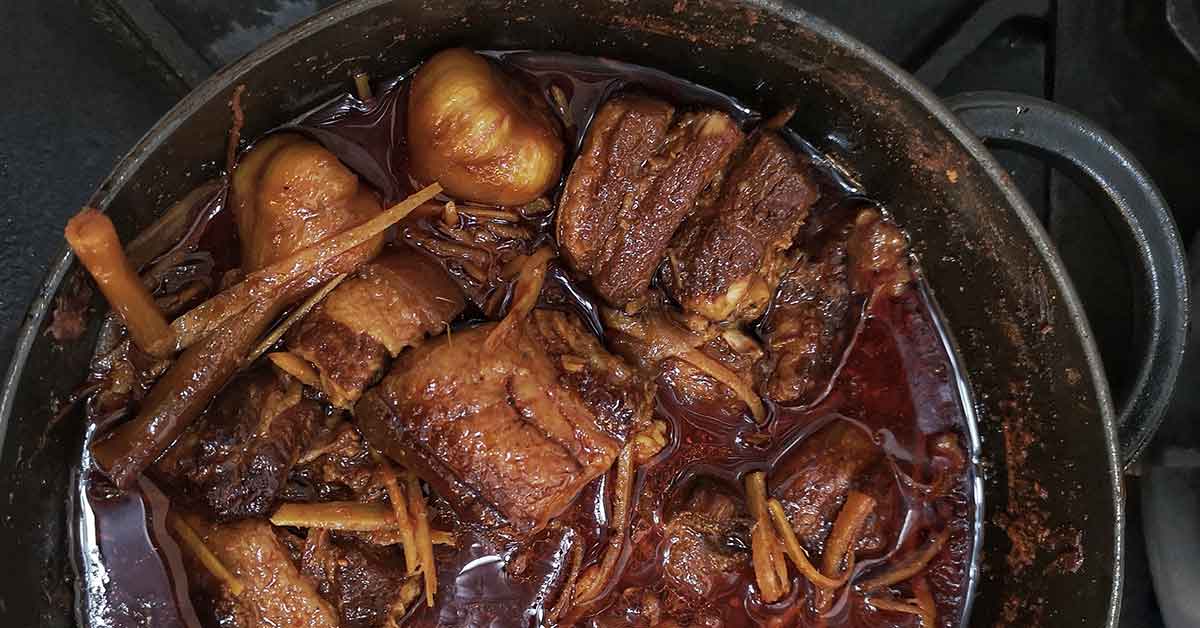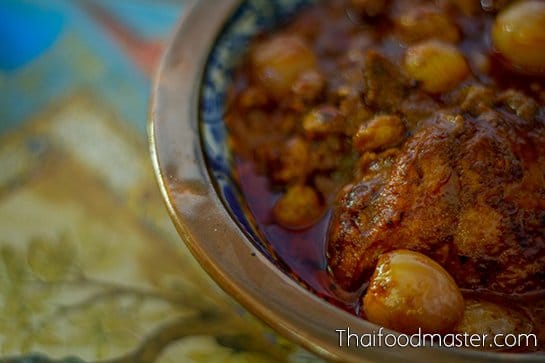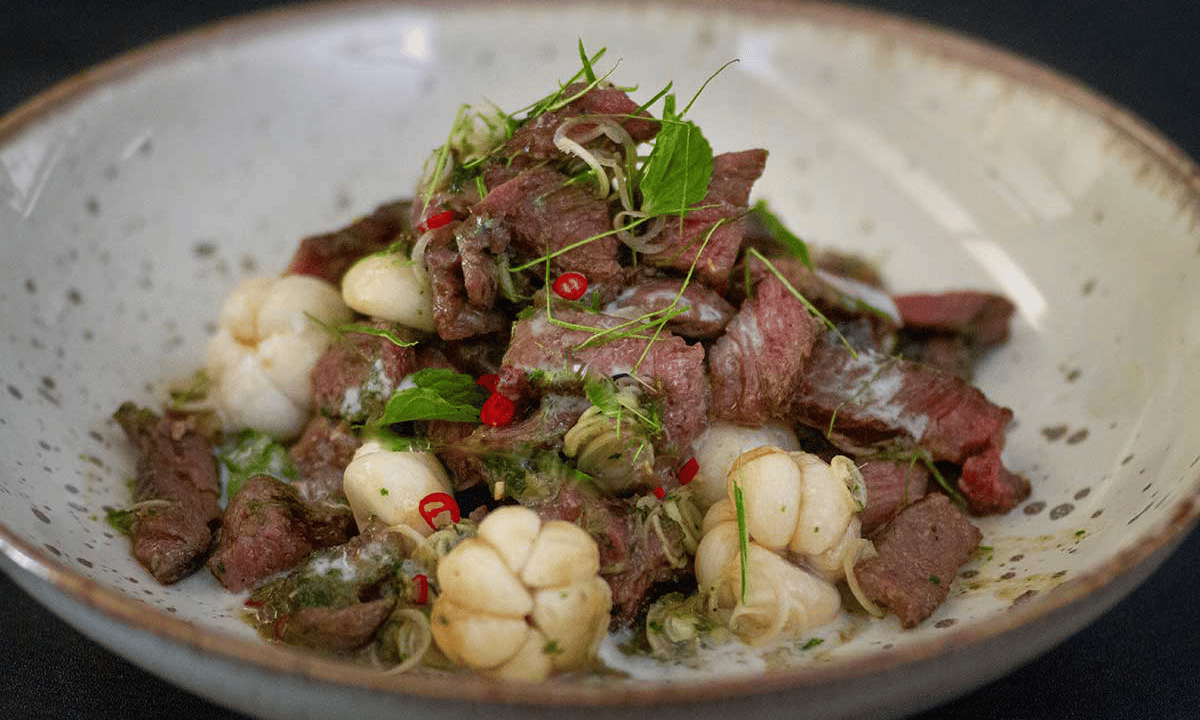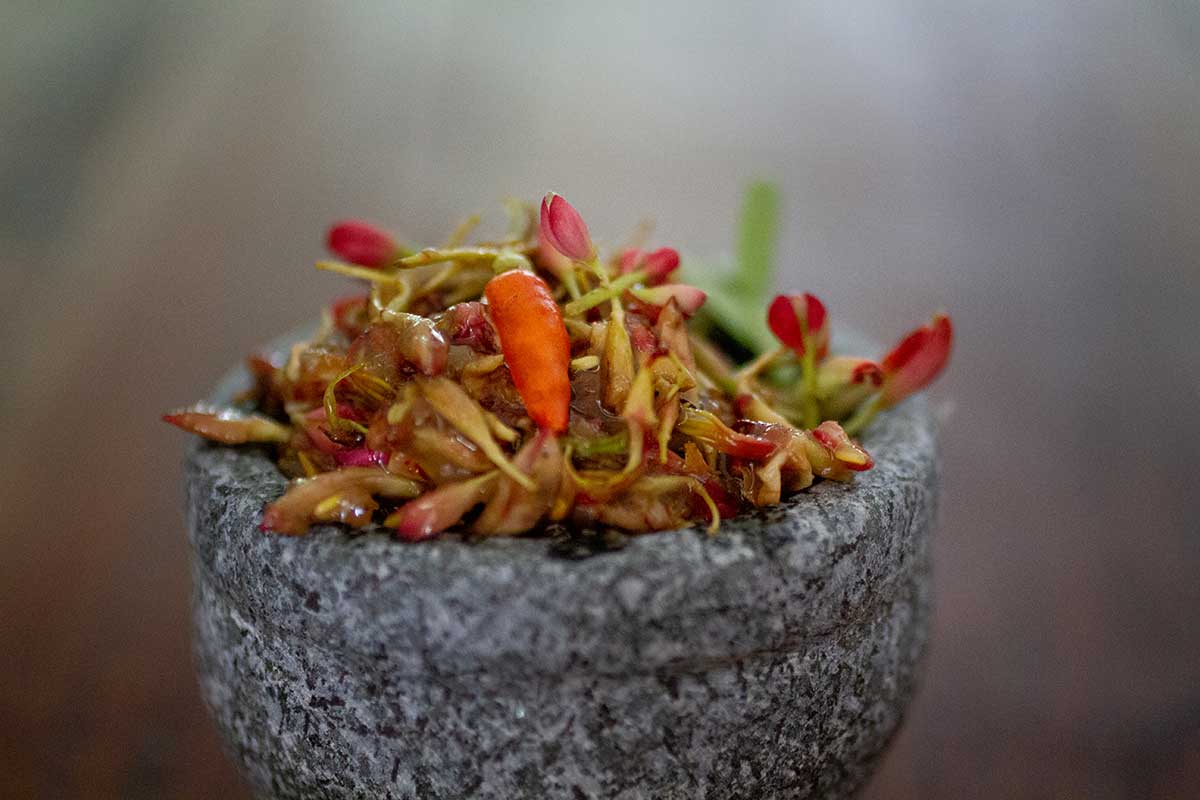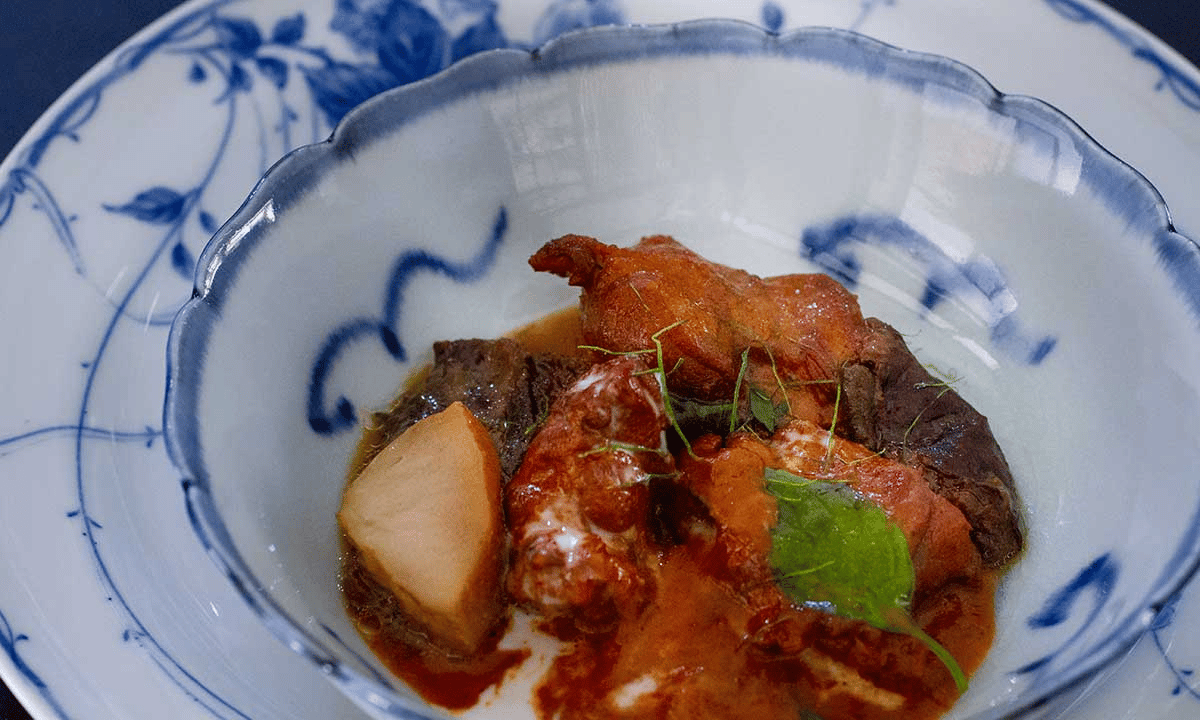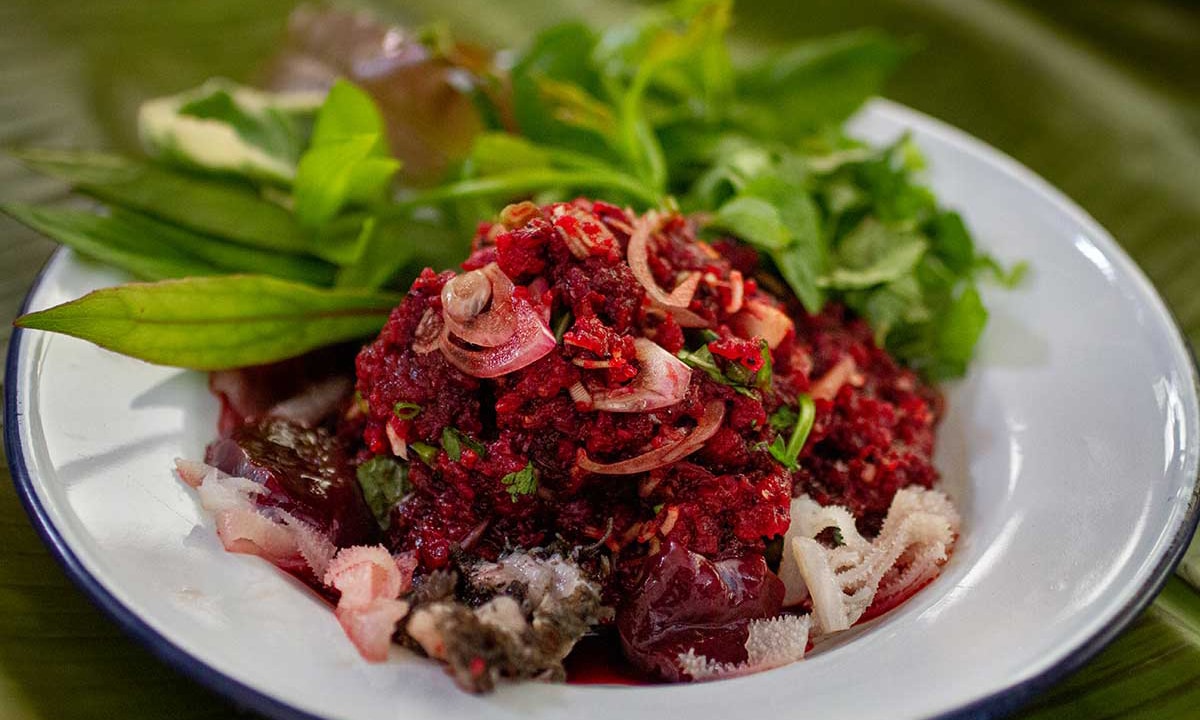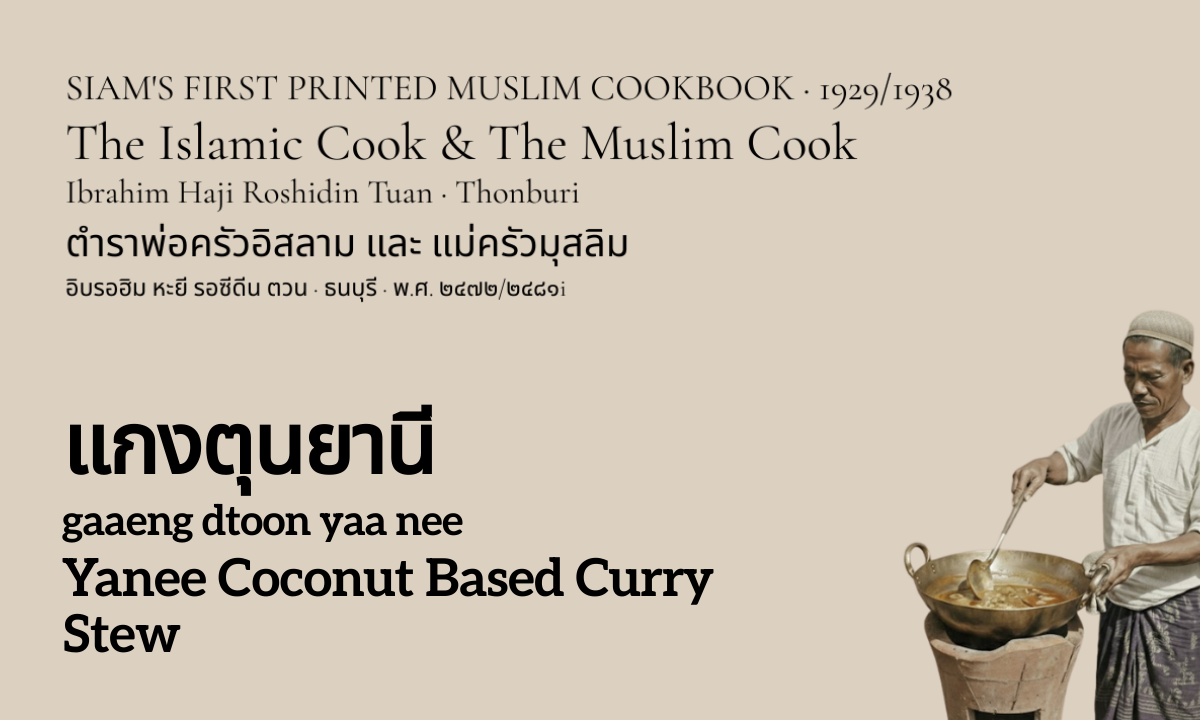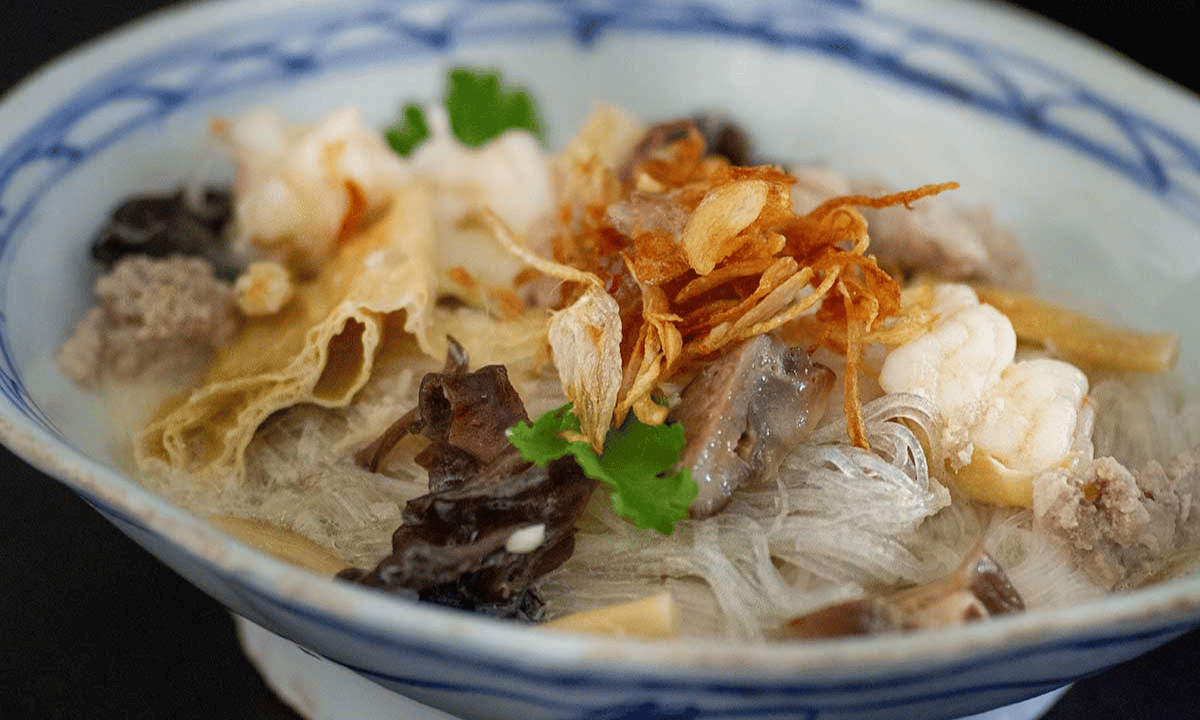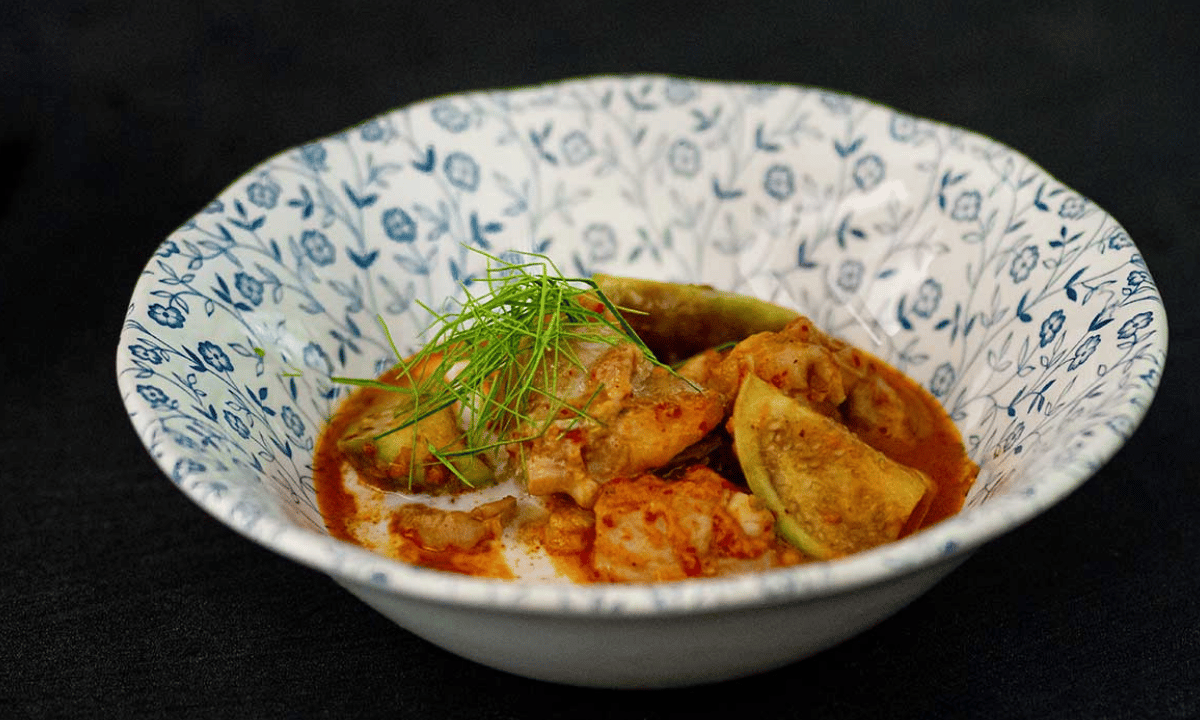Siamese Culinary Legends of the Rattanakosin period
By: Hanuman, Thaan Khun
Siamese cuisine is the accumulated wisdom of cooks at every level of the society – from housewives cooking at home and caring for their families, to cooks in the temple, to the culinary masters who created elaborate dishes behind the palace walls.
In this series of short articles highlighting their lives and work, we salute and pay homage to the most prominent individuals who influenced and shaped the Siamese culinary arts bpaa ga sin (ปากะศิลป์) of the Rattanakosin Era.
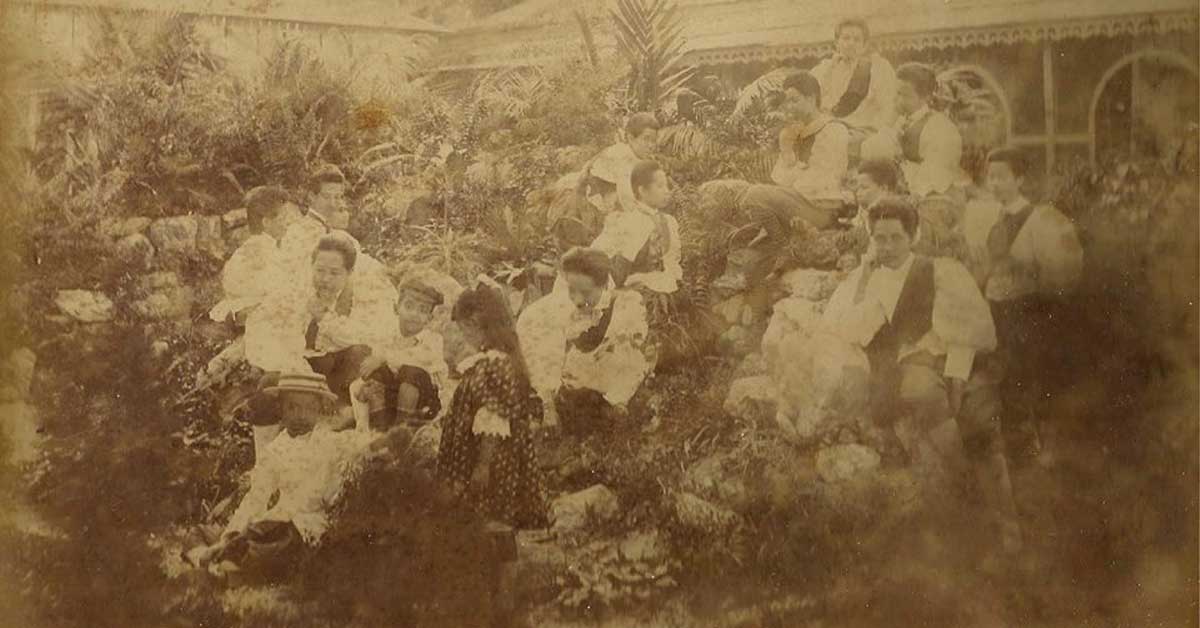
Siamese Culinary Legends of the Rattanakosin period - Introduction
From indigenous tribes to a national culinary identity. An old Thai expression - Saang baan bpaeng meuuang (สร้างบ้านแปงเมือง) - condenses into four words the complicated dynamics involved in the founding of a country with a national identity from a group of families and their tribes.
These dynamics were intensely influenced by the topography of the country and, especially, its water sources. Important river deltas were often the site of significant settlements and cities. The river delta topography allows the use of high land along the river for habitation and plantation, the lowland for cultivating rice, and the waterways for transportation. The Chao Phraya River delta was the birthplace of three major kingdoms – the Ayutthaya, the Thonburi and, later, the current Rattanakosin or Bangkok period.
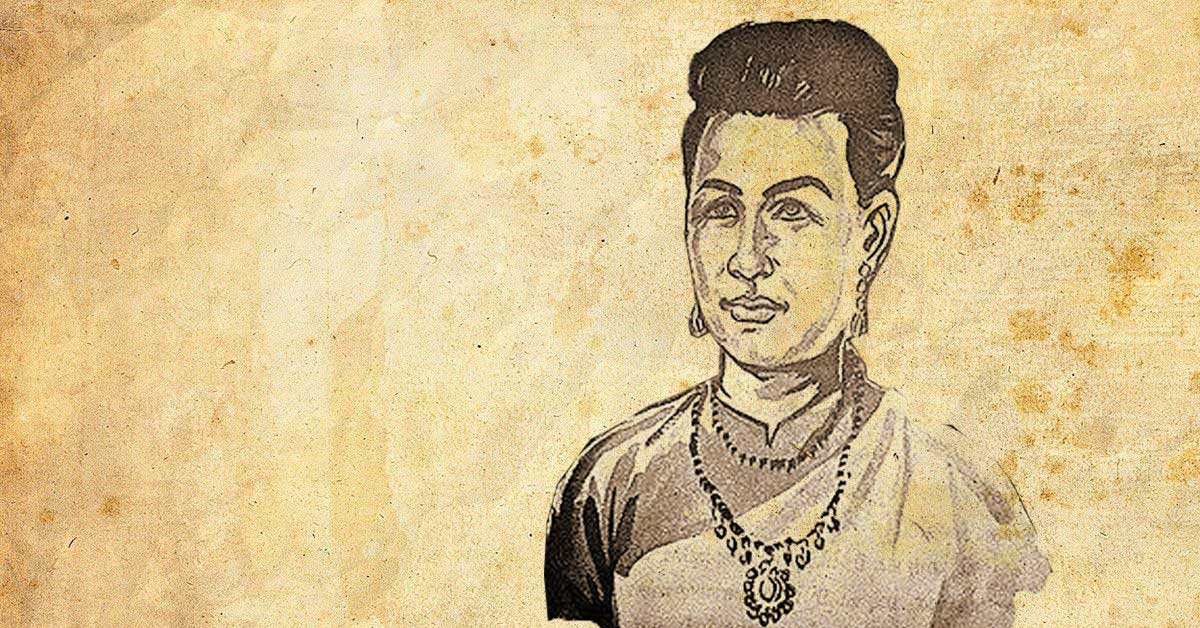
Queen Amarindra (1738 – 1826) สมเด็จพระอมรินทราบรมราชินี (ท่านผู้หญิงนาค)
Queen Amarindra was the daughter of Thong and Fan Na Bang Chang, a wealthy family from Samut Songkhram province. When the young couple met, she was known as Nak (นาค" หรือ "นาก) and the King was not yet king, but an Ayutthayan nobleman. Both were of Mon descent
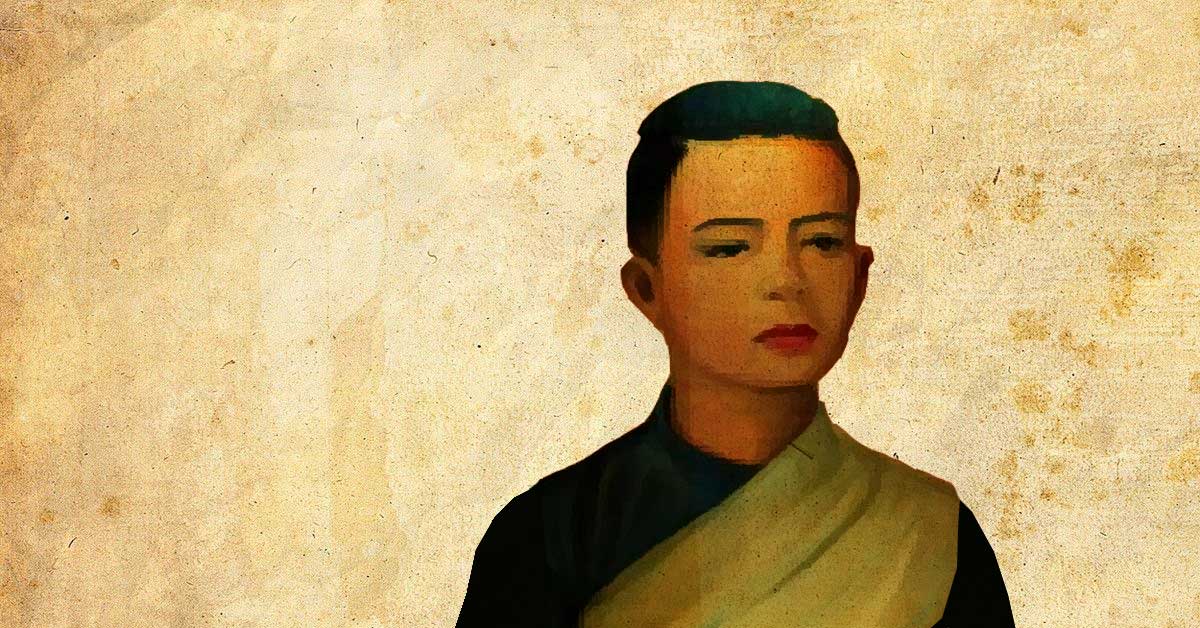
Jao Jaawm Waaen or Jao Khoon Seuua (1769-1809) เจ้าจอมแว่น ในรัชกาลที่ ๑ (คุณแว่น/คุณเสือ/เจ้าคุณข้างใน)
Jao Jaawm Waaen was a member of the Vientiane royal dynasty. She was brought to Thonburi by a military commander named Chao Phraya Chakri, who met her during a mission to Vientiane. This commander later became King Rama I.
